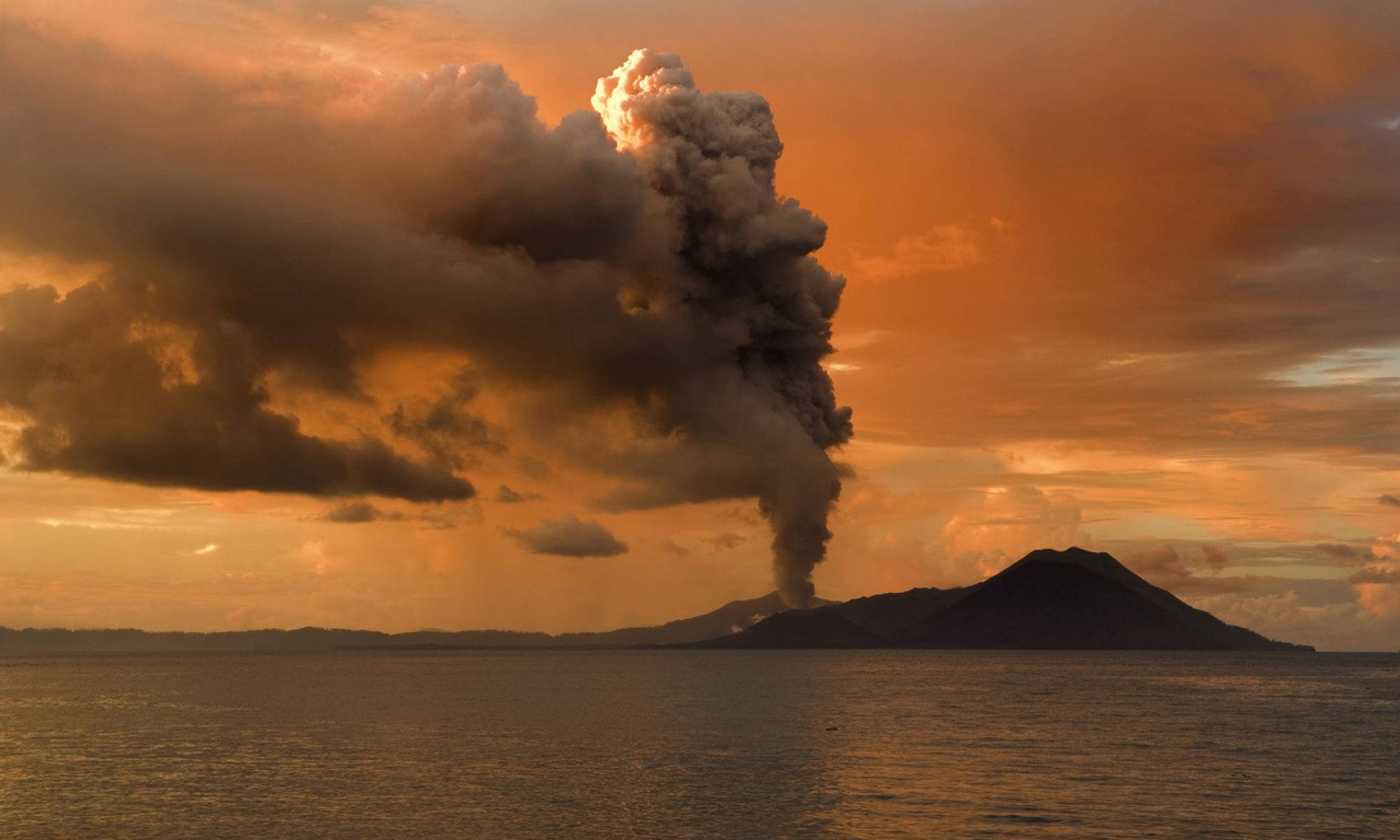It’s all felt a little apocalyptic recently. We humans haven’t really been around very long in geological terms. A few hundred thousand years, perhaps, more or less as we are now. That’s the blink of an eye, in terms of our planet’s history. We have grown up quickly, but in blissful ignorance of the harsh realities of large-scale natural disasters. Earth’s past, well-documented in its geological record, is littered with them, but we’ve not been here long enough to witness them first hand – thankfully. Covid 19 is a little taste of the power of nature.
A very long time ago, when our planet was young, it was hammered by rocks. Lots of huge rocks, for ages. Not a particularly enjoyable experience, you’d imagine, but character-forming, like winter camping.
This prolonged period of galactic stoning has a name – The Late Heavy Bombardment. Seems a very long time ago for something to be called ‘late’, but it’s considered late in the time frame of the formation of the solar system’s planets. The Heavy Bombardment part you get, I’m sure.
We know what happened to the dinosaurs, more or less. Instead of bazillions of smaller stones battering the planet, one single enormous rock thumped into the Gulf of Mexico (or where it is now, at least) and caused a great deal of damage. As well as a chain of events that saw the extinction of around 76% of species. Hard times, but there have been worse extinction events – those at the end of the Triassic and Permian saw 80% and 96% of species wiped out.
On a far smaller scale, climate change has been a factor in some disastrous periods in the history of life. Droughts and ice ages, floods and heatwaves, but if I’m focusing on the geological, aside from things falling from space to cause trouble, there can be events beneath the surface that are similarly awful. Volcanic events on a gigantic scale have taken place, flooding huge areas of land with lava and the skies with smoke and ash for thousands of years. Not good for plants. Not good for things that eat plants. And not good for things that eat things that eat plants. Yellowstone Park in Wyoming is home to the famous geyser Old Faithful, and many others. These are a fascinating and beautiful phenomenon, but there’s a sinister reason behind them. Yellowstone sits on the caldera of a supervolcano. The devastation that would follow the eruption of a volcano of that size doesn’t bear thinking about – but for the brave, there’s a decent imagining of the outcome on Youtube. Due to the calculated mass of magma in the chamber, though, a massive eruption seems unlikely in the short term, so we can breathe easy.
The other obvious tectonic activity that threatens life on our planet is the earthquake. Their scope for damage is probably more limited, even if we consider the resulting tsunami, but for humans there are complicating factors. Panic, chaos, disease, food and water shortages, and – more obviously – buildings falling down.
I started by mentioning how short humanity’s existence has been, and how that our limited perspective can blinker us a little to the dangers of the world. But it can also be a reassurance. Things will go on. Bad times pass. It’s important to remember that sometimes.

